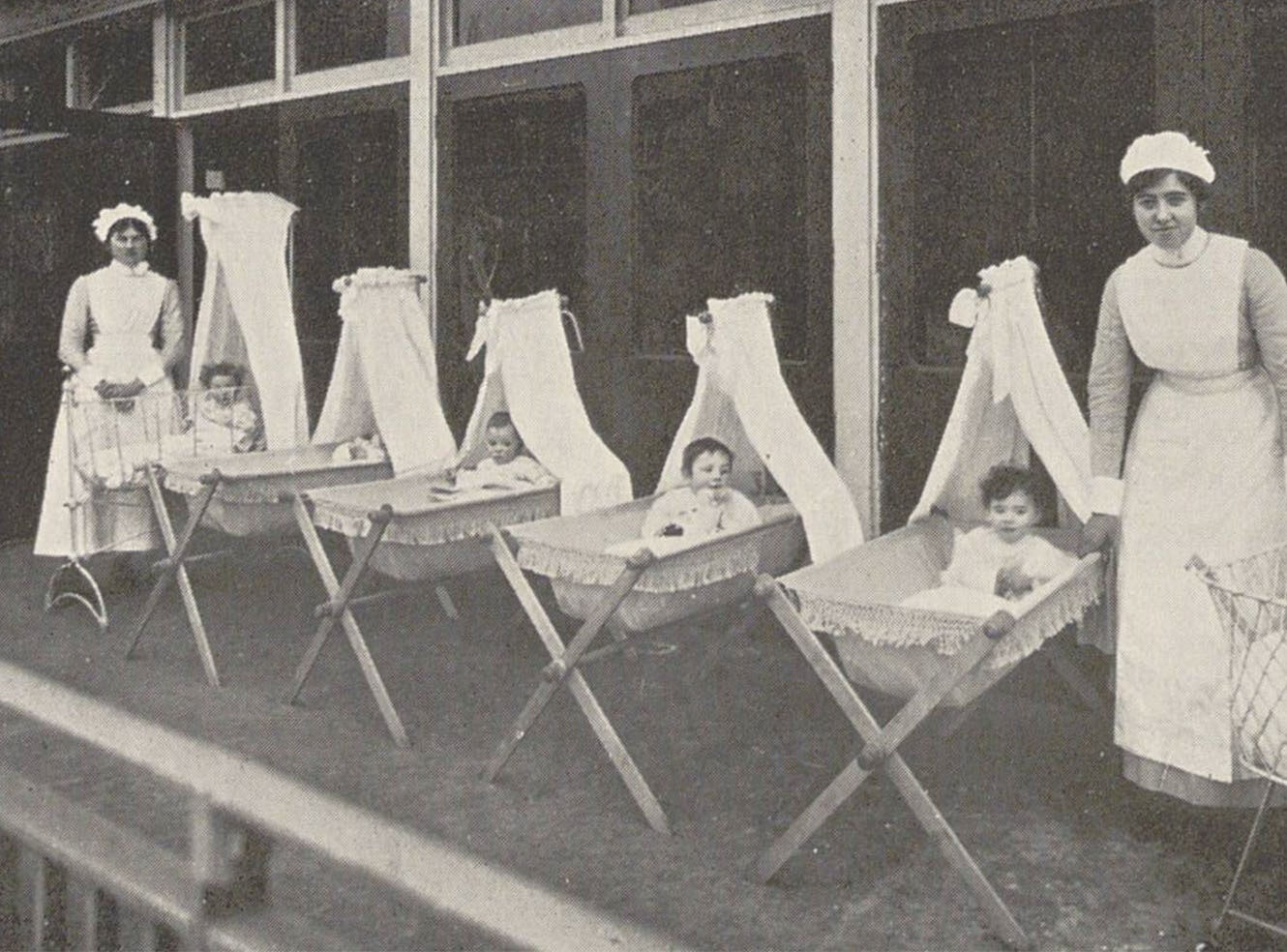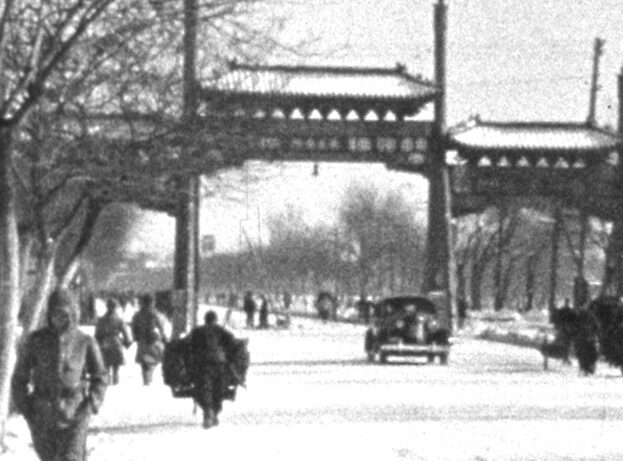"A peep into the rakish world of London Low Life"
London Low Life: Street Culture, Social Reform and the Victorian Underworld is the latest resource to be published by Adam Matthew. This compelling collection sheds light on the darker side of Victorian society, containing street literature on crime, sex, murder, gambling and all things insalubrious. There are also guide books, maps, reform pamphlets and much more.
In working on the maps for London Low Life I've learned how much the city has changed physically since the nineteenth century, but the written material has opened my eyes to the number of things we often think of as contemporary, that in truth have been around for a good long while. Maudlin and sensationalist news-reporting, prostitutes' cards and absurd obsessions with minor celebrities: the Victorians thought of everything!
As part of our resources we always do ‘Editor’s Choice’ picks to help users navigate the material – my Editor’s Choice is reproduced below. Enjoy!
There are several ‘swells’ guides’ included in the London Low Life collection. These are guidebooks to London’s nightlife, generally written from a consciously rakish angle and often in a slang impenetrable to the untutored modern reader. As the authors of The Swell’s Night Guide; or, A Peep Through the Great Metropolis (1849) [S97_1849] confidently informed their audience, ‘we consider ourselves fly to the fakements of the rum culls, donas, cullies, crib crackers, swag lifters, fence gaugers, broad sharps, hell rakers, and the whole fraternity of slang speculators’. This audience was assumed to be male, educated (the guides tend to casually scatter references to figures from classical mythology) and, at least to some extent, monied, with descriptions of middle-class pubs, restaurants and theatres in the West End intermingled with those of the poorer haunts east of the City and south of the Thames.
The swell of the guidebooks was interested in providing himself with food, drink, gambling, carousing in general and, as is continually evident, sex. Casual references to the availability of prostitutes are thrown in amongst the musings on the other attractions of a ‘crib’, with the implication that they are as ordinary a part of what one might hope to indulge in during a night out as a pot of beer or a sing-song. The Garrick’s Head Tavern in Whitechapel, for example, was in about 1840 ‘A famous depot for pretty black-eyed Jeweses’, whilst ‘Girls are to be found on the look-out for their living’ at the Hope in Clare Market; the Coach and Horses in St Martin’s Lane, meanwhile, was principally attractive for its collection of sporting prints, but was equally recommended nonetheless.
A Sporting Surgeon’s contribution to this genre, Hints to Men About Town, or Waterfordiana, departs from the standard form in concerning itself solely with casual sex and, at some length (in fact, three of the four chapters), its potential medical consequences. The frontispiece depicts the usual fare of London leisure pursuits – shopping, drinking, a boxing match – but the text is devoted to the author’s sexual escapades, combining a matter-of-factness about the purchase of sexual services with a concern for the social proprieties of class. The Surgeon has picked up a virginal maidservant in a theatre and taken her to a hotel, where he overcomes her reluctance and provides her with a night, he is certain, ‘of true enjoyment, of unalloyed bliss’:
We breakfasted together the next morning, and as she was anxious to leave, and I had no desire to be seen quitting the house with her, I suffered her to go immediately after. But two minutes had elapsed when a servant came up stairs to inquire whether the damsel was departing with my knowledge. Such a precaution as this displays in the highest degree the excellent arrangements maintained at this hotel, for it prevents the possibility of a female robbing her sleeping partner, and so departing while he is unconscious of the matter. It would be well were every house of the description conducted in the same manner .
Adventures of this type, however, could and did have unwanted results. ‘The frequency of venereal complaints’, the Surgeon declares, ‘is much greater than the public imagines. It is a fact which cannot be disputed, that in large cities there is not perhaps, one in ten male individuals, from the age of twenty to thirty years, who has not been affected once or twice’ (p. 29). More than double the space in this guide given over to the delights of prostitutes is devoted to the prevention and cure of the consequent sexually transmitted diseases, interspersed with quite sober descriptions of their symptoms and progress. Avoiding sex with strangers is acknowledged to be the most effective way to prevent infection, but is dismissed in the same breath:
Why, what a thrice double ass is this same book maker – if these rules be attended to, there would be no danger of infection, no necessity for laying down rules for its prevention. And besides, how can it be expected that such wise saws or aphorisms are even to be retained at those moments when passion or lust takes possession of the breast, and when prudence or wisdom both flee before it? No, this is utterly impossible.
An infection, when contracted, ‘is often concealed from the family medical attendant, and the sufferer applies for advice to advertising empirics, who generally allow the disease to destroy or poison the constitution’ (p. 29). Abstinence being outside the swell’s capabilities – and, one assumes, of no great appeal to him – it must have been gratifying to find that prevention of all infections could be assured at ‘comparative trifling expense’ by the use of patent medicines developed by the author of the book and sold through the publisher. The attentive swell was thus enabled ‘to avoid the dangerous shoals of quackery’ and steer true to enjoy more wine, women and sporting prints, according as the fancy may have taken him.
Recent posts

AM’s new resource, A Global History of Epidemics, 1800-1970, offers interdisciplinary researchers unique primary sources, interactive tools from maps to timelines, and expert essays, to explore disease history, colonialism, and public health advancements within the British Empire and beyond.

AM's latest publication provides a vivid visual exploration of twentieth-century China, showcasing historical and cultural transformations. Enriched with powerful accessibility and discovery tools, and contextual resources, China on Film provides an invaluable resource for studying modern Chinese history and early film-making.
